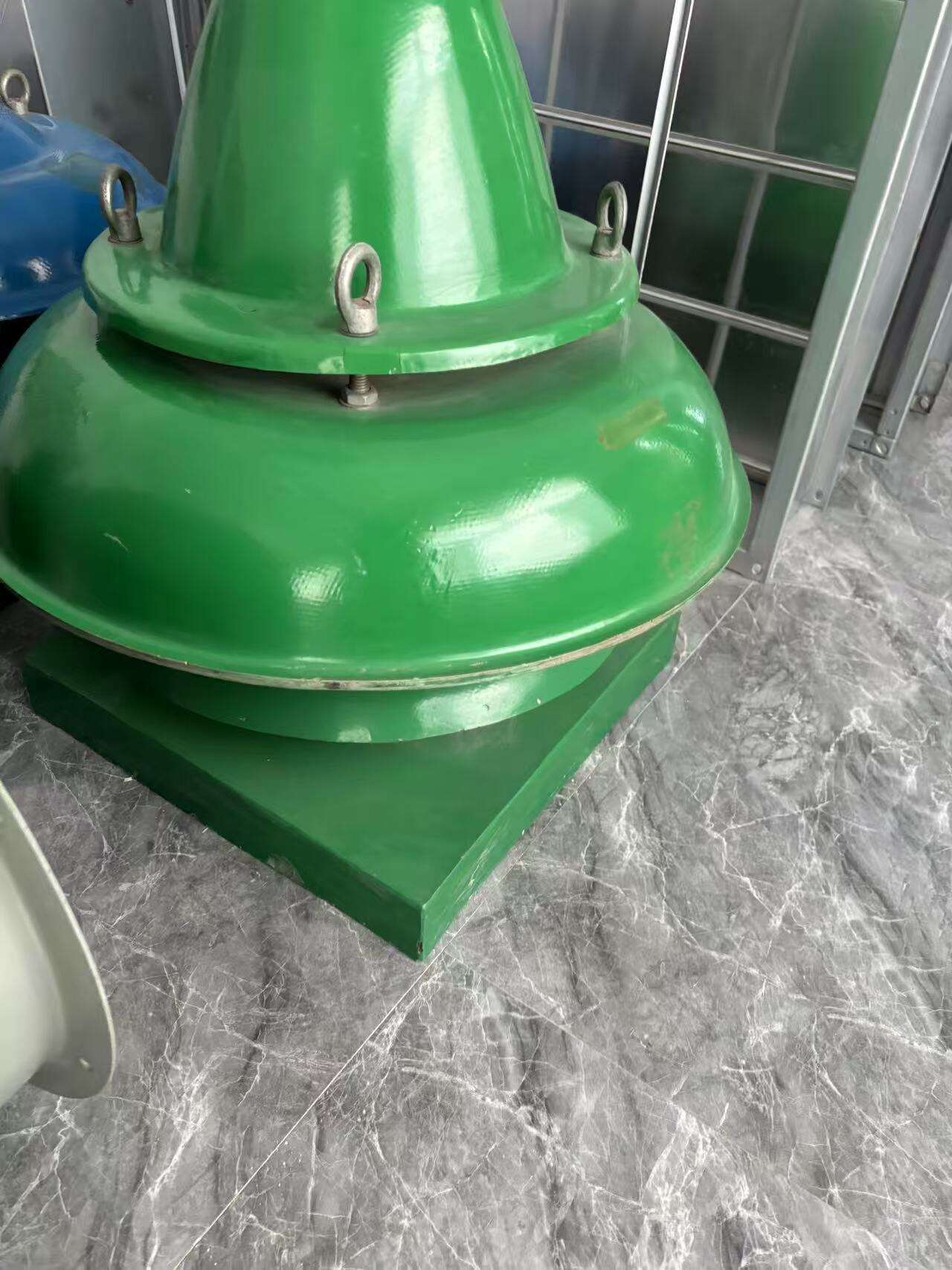
top rated duct fans are recognized for their superior performance, reliability, and efficiency in moving air through ductwork systems. These fans receive high ratings due to their consistent airflow delivery, low noise levels, and durable construction. top rated duct fans are designed with advanced motor technology that balances power and energy efficiency, reducing operational costs. The impeller design of top rated duct fans ensures smooth air movement, minimizing turbulence and pressure loss in ducts. top rated duct fans undergo rigorous testing to earn their high ratings, with performance validated under various conditions. Installation of top rated duct fans is straightforward, compatible with standard duct sizes for easy integration. top rated duct fans often include features like thermal protection and variable speed controls, enhancing safety and versatility. Users trust top rated duct fans for their long service life and ability to meet ventilation requirements in both residential and commercial settings.
